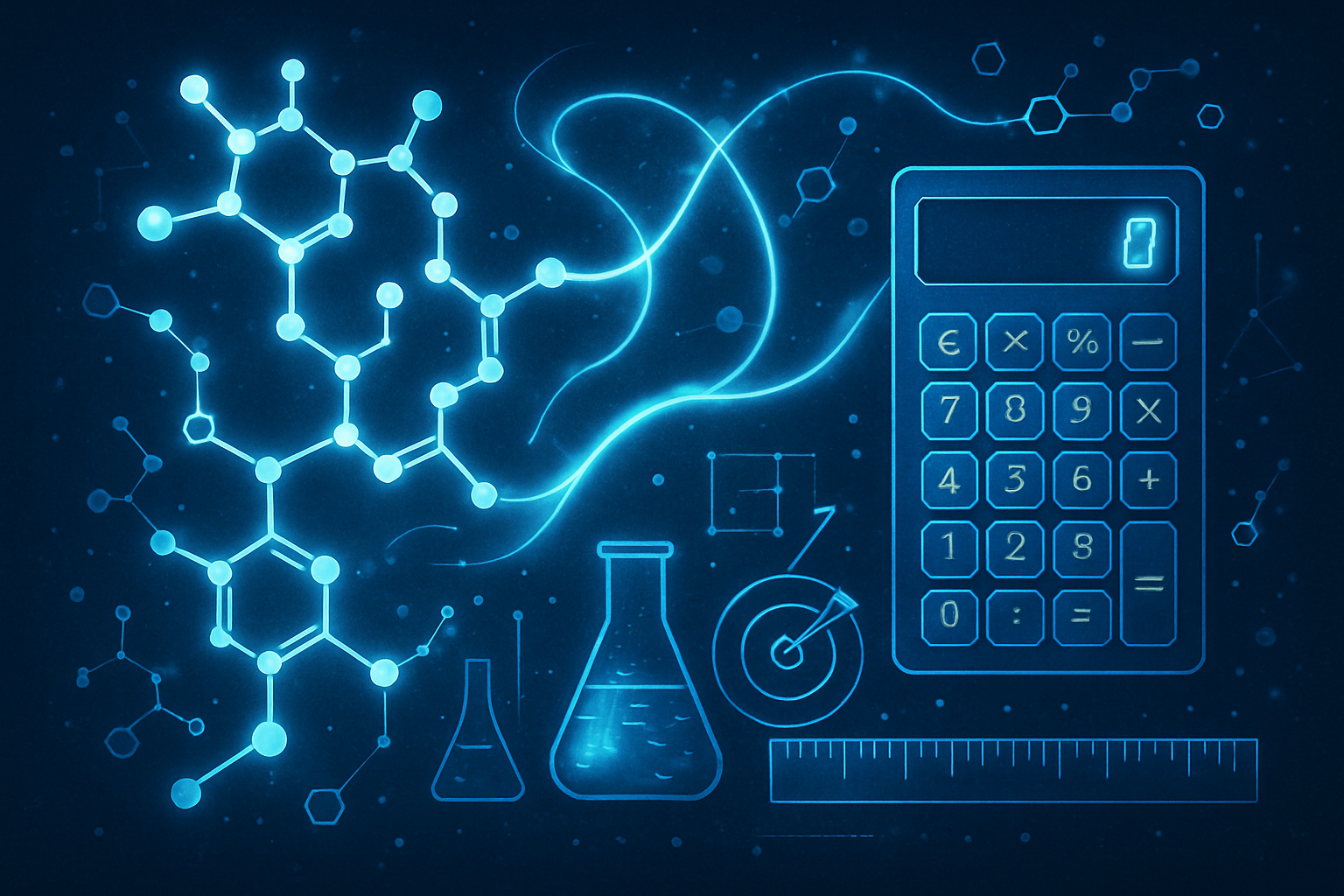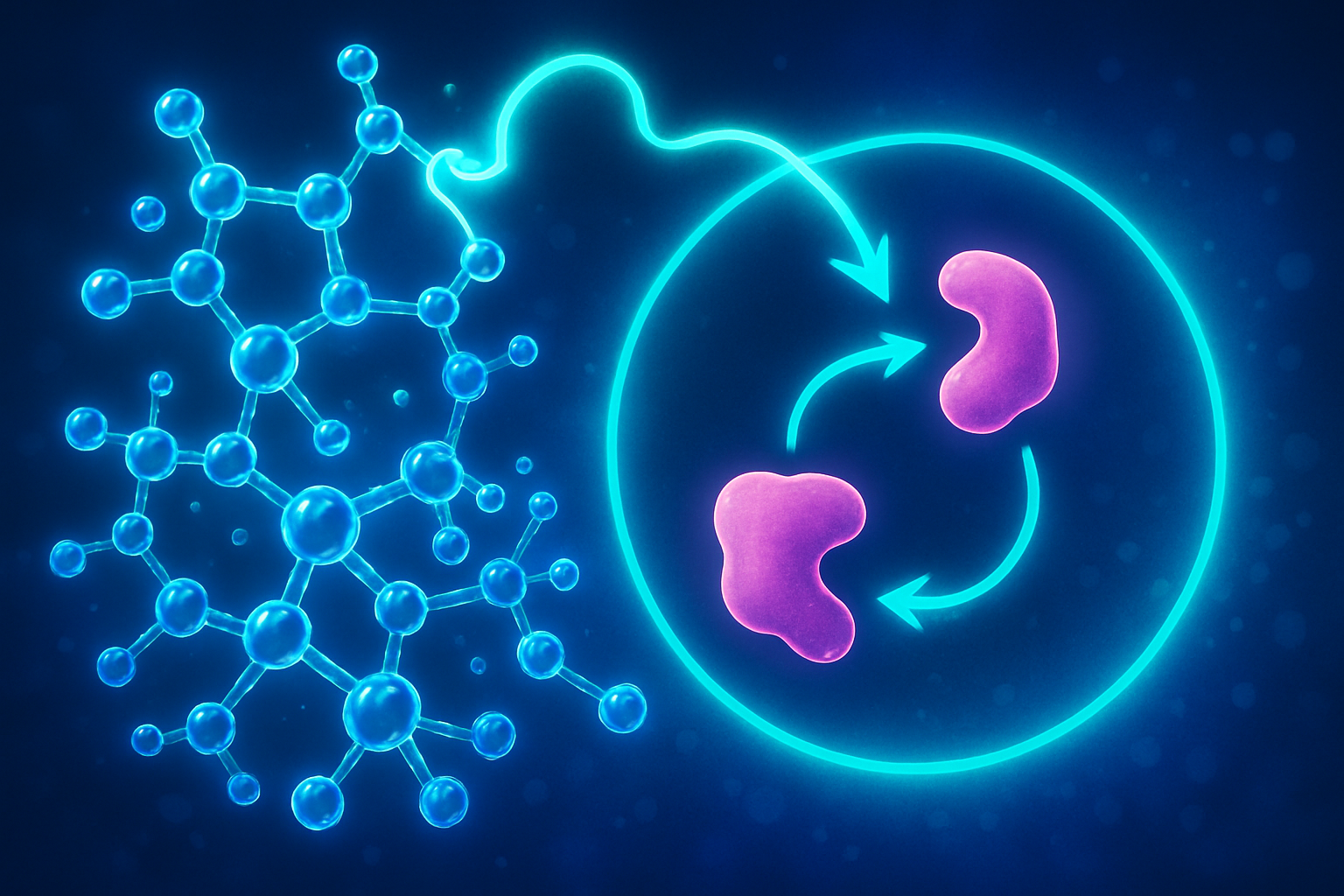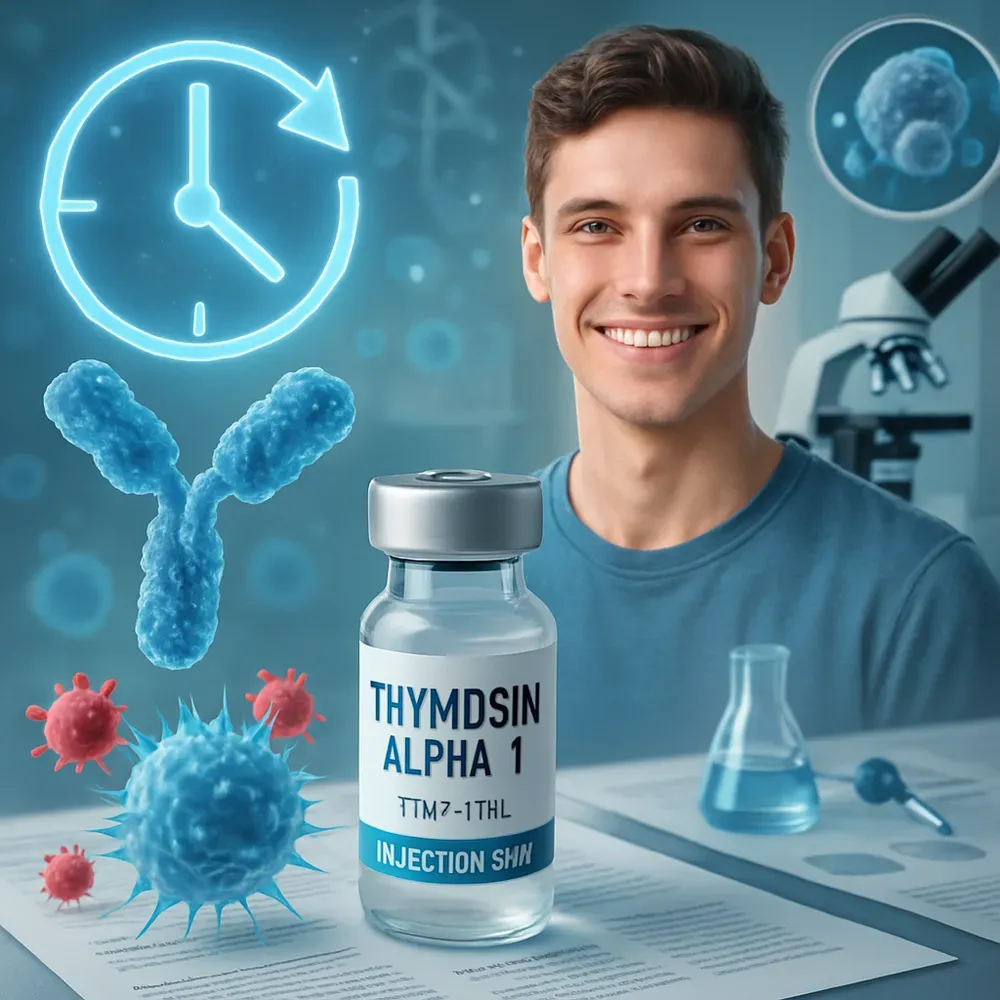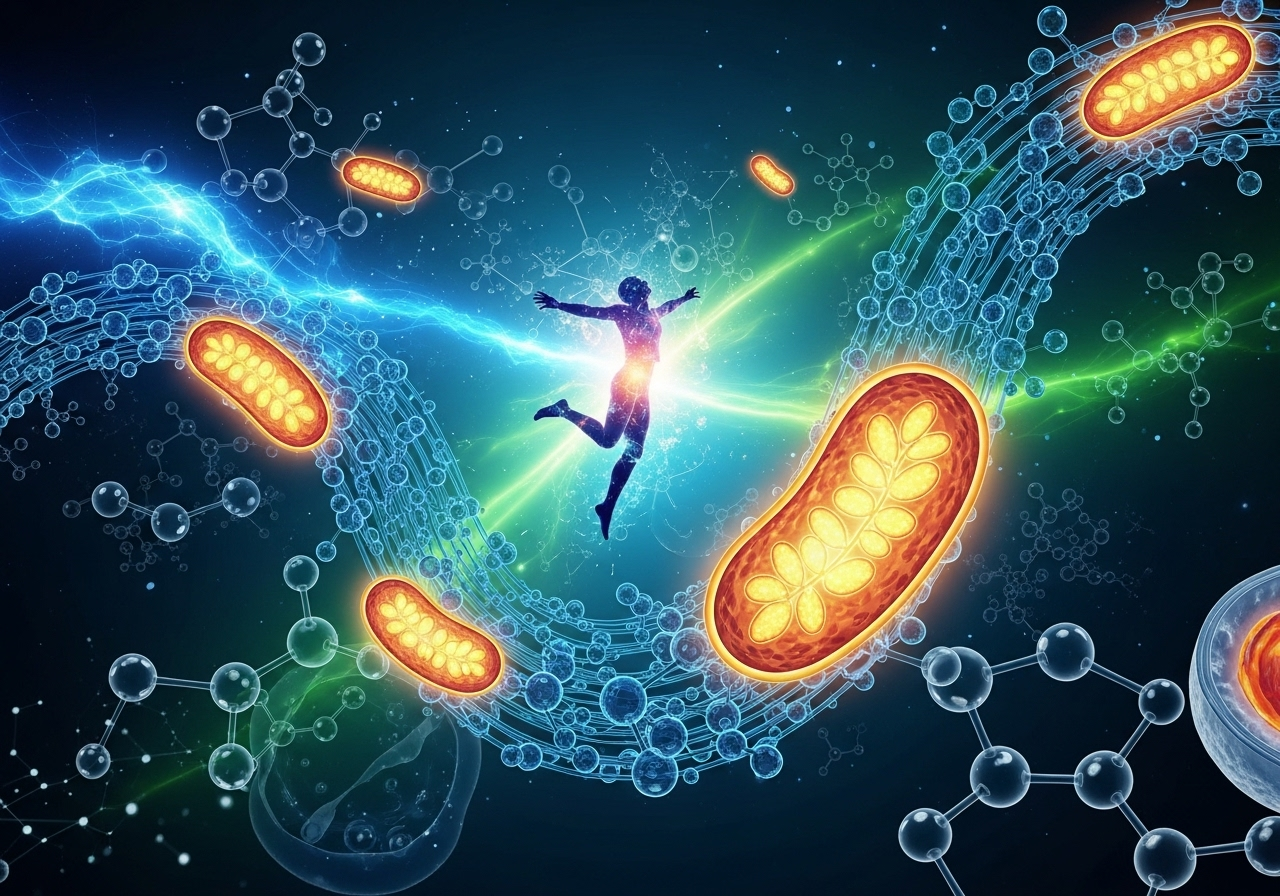Peptides for Injury Recovery: Evidence & Protocols
Peptides for Injury Recovery: Dosages, Stacks, and Healing Benefits
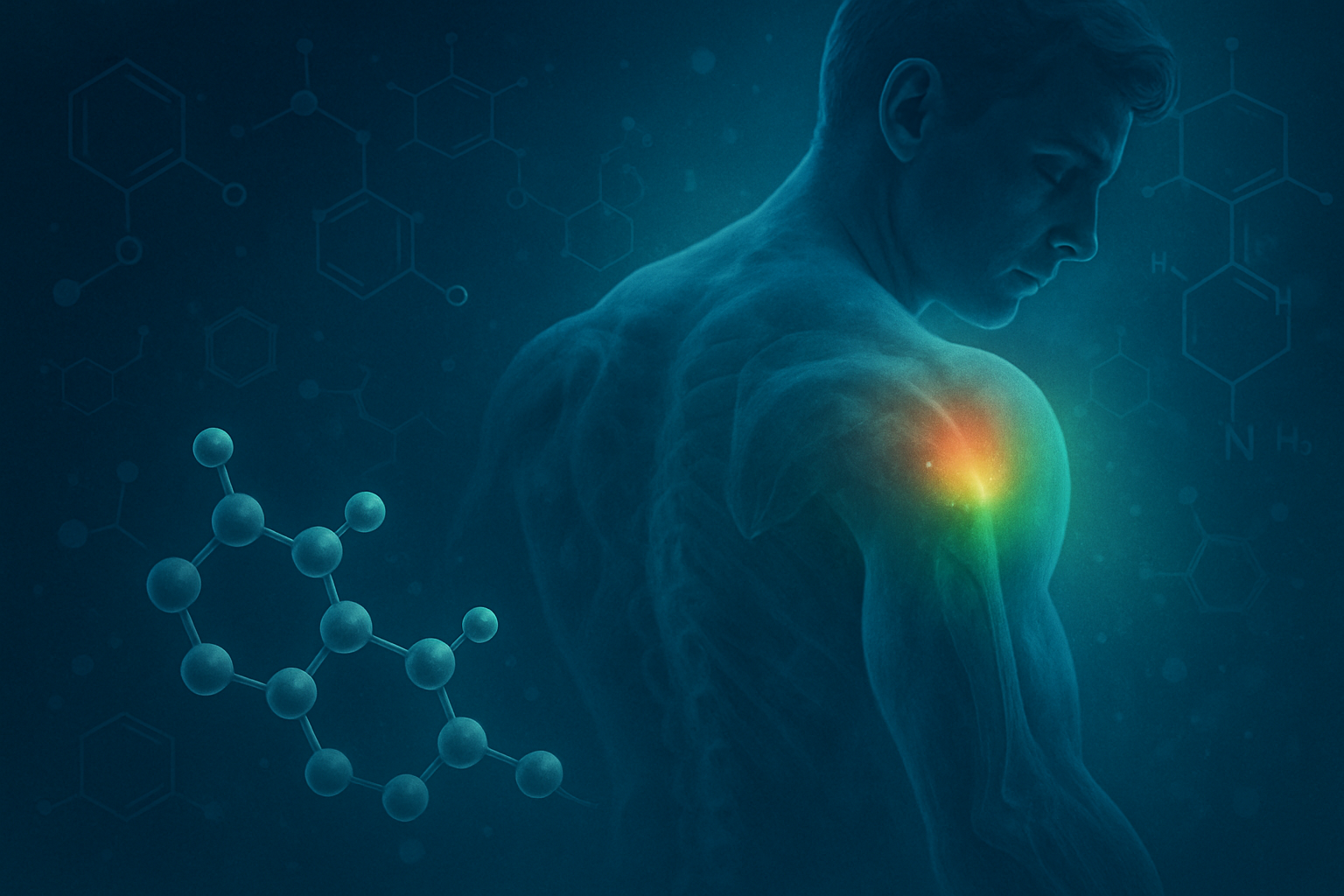
Injury can derail even the most disciplined athlete, whether it’s a torn tendon, strained muscle, or nagging joint pain. Traditional approaches—rest, physical therapy, anti-inflammatory drugs—are often slow and incomplete. Over the past two decades, peptides for injury recovery have emerged as a promising tool to accelerate healing, reduce downtime, and restore tissue resilience.
Compounds like BPC-157, TB-500, and GHK-cu have shown unique regenerative effects in both research and real-world use, making them cornerstones of modern biohacking and sports medicine.
Why Peptides Are Different from Conventional Treatments
Unlike painkillers or anti-inflammatory drugs, peptides do not mask symptoms. Instead, they activate repair pathways at the cellular level, often targeting growth, angiogenesis, and collagen synthesis.
They work with the body’s innate healing processes rather than overriding them, which means:
- Faster tissue regeneration
- Lower risk of re-injury
- Long-term improvements in structural integrity
BPC-157: The Healing Accelerator
What is BPC-157?
BPC-157 (Body Protection Compound) is one of the most studied healing peptides. Originally derived from gastric proteins, it has demonstrated wide-ranging regenerative effects.
Key Benefits:
- Accelerates tendon-to-bone healing
- Stimulates angiogenesis (new blood vessel formation) for improved circulation
- Protects against NSAID-induced gut damage
- Supports ligament and muscle regeneration
Typical Protocols:
- General Dosing: 250–500 mcg daily (subcutaneous injection near the injury site or systemic dosing)
- BPC-157 Dosage for Men: Example protocols suggest adjusting based on body weight (e.g., bpc-157 dosage for 200lb male at ~500 mcg daily).
- Cycle Length: 4–6 weeks for acute injuries; longer for chronic issues
- Combination Use: Often paired with TB-500 for synergistic effects
TB-500: The Mobility Peptide
What is TB-500?
TB-500 is a synthetic version of thymosin beta-4, a peptide that regulates actin (a protein crucial for cell movement and repair). Its unique benefit lies in promoting cell migration, which accelerates tissue regeneration.
Key Benefits:
- Improves flexibility and reduces scar tissue
- Enhances recovery of muscles, ligaments, and joints
- Reduces inflammation in damaged tissues
- Promotes blood vessel growth around injuries
Typical Protocols:
- TB-500 Dosage:
- Loading Phase: 2–5 mg twice per week for 4–6 weeks
- Maintenance: 2–5 mg once every 2–4 weeks
- Use Cases: Tendon injuries, joint degeneration, and post-surgical healing
GHK-cu: The Regenerative Copper Peptide
What is GHK-cu?
GHK-cu is a naturally occurring copper-binding peptide known for its anti-aging and regenerative properties. While widely studied in skin care, its systemic benefits extend to tissue repair and recovery.
Key Benefits:
- Stimulates collagen and glycosaminoglycan synthesis
- Supports nerve regeneration and reduces inflammation
- Improves angiogenesis and oxygen delivery to tissues
- Enhances wound healing and reduces scarring
Typical Protocols:
- GHK-cu Peptide Injection Dosage: 2–5 mg subcutaneous injection, 2–3 times weekly
- Alternatives: Topical and transdermal applications for localized injuries
- Use Cases: Often stacked with BPC-157 for connective tissue repair
Peptide Stacking for Comprehensive Recovery
Athletes and clinicians often combine peptides for synergistic benefits:
- BPC-157 + TB-500 Blend Dosage
Accelerates tendon and ligament repair, improves blood flow, and reduces stiffness. - BPC-157 + GHK-cu
Enhances both collagen regeneration and angiogenesis—useful for skin, joint, and muscle injuries. - Triple Stack (BPC-157 + TB-500 + GHK-cu)
A comprehensive tissue repair protocol supporting recovery from severe injuries or post-surgical trauma.
For athletes looking to fine-tune their plan, a GHK-cu peptide dosage calculator or bpc-157 tb-500 blend reconstitution guide can help personalize cycles.
Evidence from Research and Clinics
- Animal Studies: Show accelerated tendon, ligament, and bone healing with BPC-157 and TB-500
- Human Trials: Limited but growing; Russian and Eastern European studies support efficacy in connective tissue repair
- Anecdotal Reports: Widespread use among athletes points to faster recovery timelines—often cutting downtime in half compared to standard care
Precautions and Considerations
- Source Quality: Not all peptide suppliers are equal—purity testing is essential
- Dosage Personalization: Injury type, severity, and body weight affect protocol design
- Regulation: Many peptides are not FDA-approved and are officially designated for research purposes (is BPC-157 legal? varies by country and sports regulations)
- Medical Oversight: Safe use requires guidance from a knowledgeable practitioner
Ready to Explore Research-Grade Peptides?
If you’re considering peptides for your recovery journey, make sure you’re sourcing from trusted, high-quality suppliers. We’ve curated a list of verified peptide vendors along with exclusive discount codes for the Project Biohacking community.
👉 Explore Research Peptide Sources & Discounts
How quickly do peptides like BPC-157 and TB-500 work?
Many users report noticeable improvements in pain and mobility within 1–2 weeks, though complete healing may take several months.
Can peptides completely replace physical therapy?
No. Peptides accelerate recovery but work best when combined with physical therapy, proper nutrition, and rest.
Are there risks to combining multiple peptides?
When sourced from reputable labs and dosed correctly, stacking peptides is considered safe. However, poor quality products increase the risk of contamination or adverse effects.
Where to buy BPC-157?
Purchase only from labs that provide independent purity testing and third-party validation.
Can peptides be used for chronic injuries?
Yes. Many athletes use peptides for long-standing tendonitis, joint degeneration, and scar tissue remodeling with positive results.
Disclaimer:
The information provided in this article is for educational and research purposes only. Peptides are not FDA-approved treatments and are designated as research compounds. They are not intended to diagnose, treat, cure, or prevent any disease. All protocols described are based on published studies, clinical reports, or anecdotal use. Consult a qualified healthcare provider before beginning any peptide protocol.

